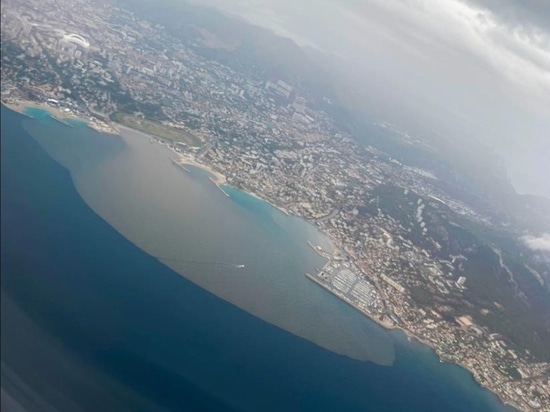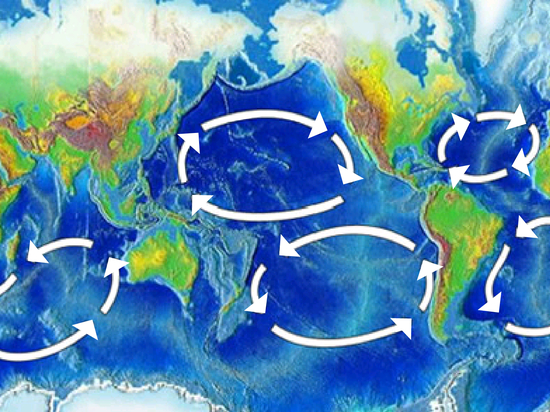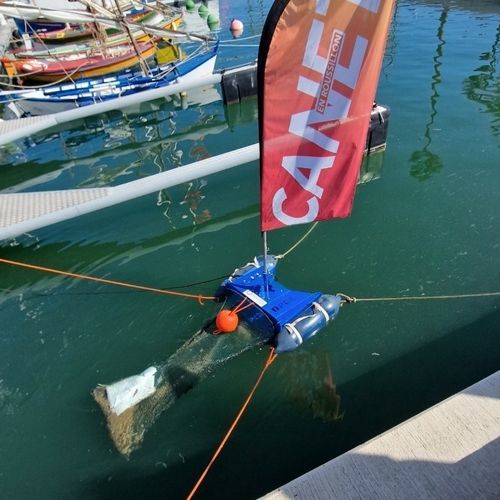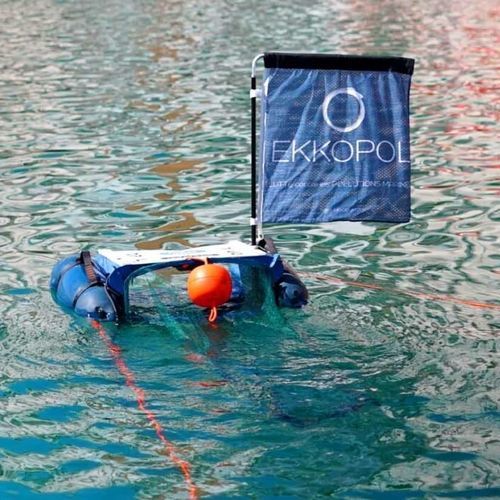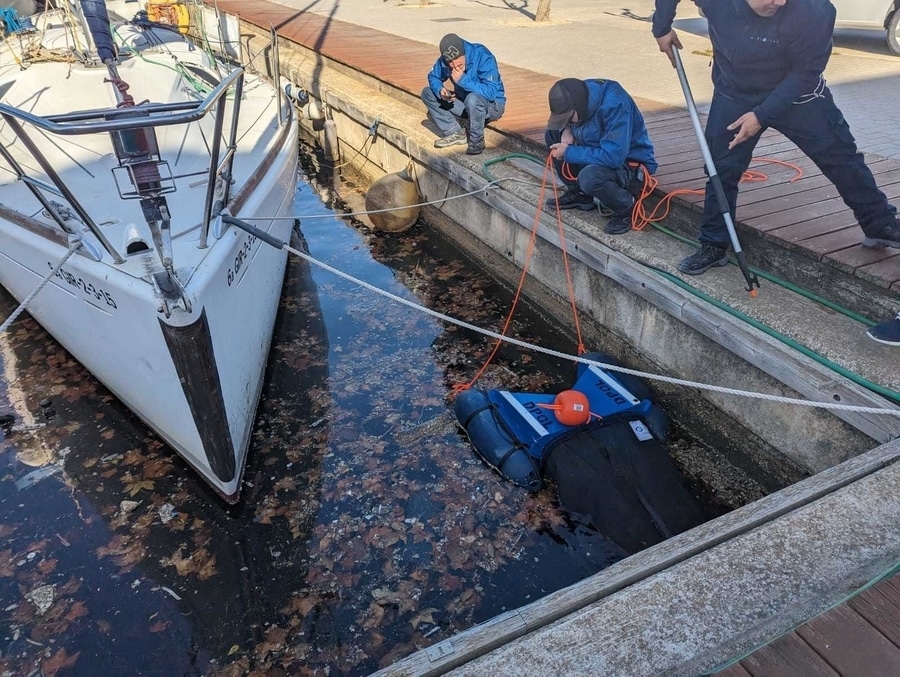
#Industry News
Climate change and marine pollution: a close relationship
Towards an increase in marine pollution episodes
The problem of floating waste at sea is directly linked to human activities on land, not only those close to the coast but also those far from it. When it comes to waste, the sea begins far from the shore: inland, where streams, rivers and creeks can carry large quantities of it out to sea. As we often see on city drains, “the sea begins here”. Experts and scientists agree that 80% of marine waste comes from land-based sources.
While the total volume of waste discharged into the oceans each year remains a controversial figure among scientists, ranging from 12 million tonnes to 0.5 million tonnes, the fact remains that every piece of plastic waste discharged into the environment represents a danger not only to wildlife but also to public health.
For example, a storm or tempest in the Lyon, Toulouse or Paris regions is likely to create a plastic pollution crisis in the Mediterranean, Atlantic or English Channel.
As these extreme weather phenomena tend to become more frequent with climate change, we can expect more pollution to be carried by rivers.
Coastlines, and in particular the Mediterranean coastline, are doubly impacted: not only do they receive waste from nearby rivers and industrial activities, but also from other, more distant coastlines: the ports of the southern region are well aware of the accumulations of waste after easterly gales that bring waste from the Italian coast, or after Libecciu gales that strand marine waste from the continent on the Balagne coast.
At a time of climate change and an increase in violent meteorological phenomena, the link between meteorology and marine pollution is even more striking.
From the outset, the Mediterranean combines unfavorable factors, whether geographical (estuaries of major rivers, water mass renewed over a century, numerous surface currents), demographic (very high and constant increase in population density in coastal areas) or economic (concentration of potentially polluting human activities in these same coastal areas).
If we look at the weather...
Spain, France, Italy, Greece, Libya... The regions bordering the Mediterranean are regularly hit by extremely violent rainy episodes, such as the “Cevennes”. Steep slopes and thunderstorm systems are the main causes of these particular weather situations, which lead to runoff, flooding and even landslides. Floods systematically carry huge quantities of waste to the river mouths. These phenomena are recurrent, and often the same areas are affected from one year to the next. The Roya valley is a perfect example. Three years after the dramatic floods of October 2, 2020, a Mediterranean episode once again affected the same localities, notably Saint-Martin-Vésubie.
Over the past 50 years, studies have shown an intensification of Mediterranean episodes and an increase in the frequency of the strongest episodes. It has been established that the thunderstorm phenomena at their origin are fueled by the presence of a cold air mass on a warm sea, as typically occurs in autumn.
Sea temperature is thus a key factor in these rainy episodes. According to the French Centre National de Recherches Météorologiques (CNRM), the surface temperature of the Mediterranean will have risen by 2 to 4°C by the end of the century. There is therefore little doubt that the frequency of extreme weather events in the Mediterranean will increase.
The volumes of waste arriving at sea will inevitably follow the same trend. So what do we do about it?
Plastics are the most numerous and the most polluting type of waste. Reducing their use and production seems the most sensible course of action. However, reducing the production of a global industry that will be worth over $700 billion by 2023, and growing at an estimated 4% a year, is no mean feat, if not impossible. So what can we do about it? We can improve waste management on land. It is possible to ensure that a large proportion of the waste that ends up in rivers and stormwater outfalls is captured by existing technologies. Nets, booms, surface vacuum cleaners: the range of simple, low-tech tools available is broad enough to ensure that waste doesn't have time to sail away and sink offshore.
Let's take action!
Sources :
Parliamentary report no. 217 “Plastic pollution: a time bomb?”
https://www.senat.fr/rap/r20-217/r20-217.html
https://www.umr-cnrm.fr/?lang=fr
https://www.keraunos.org/
